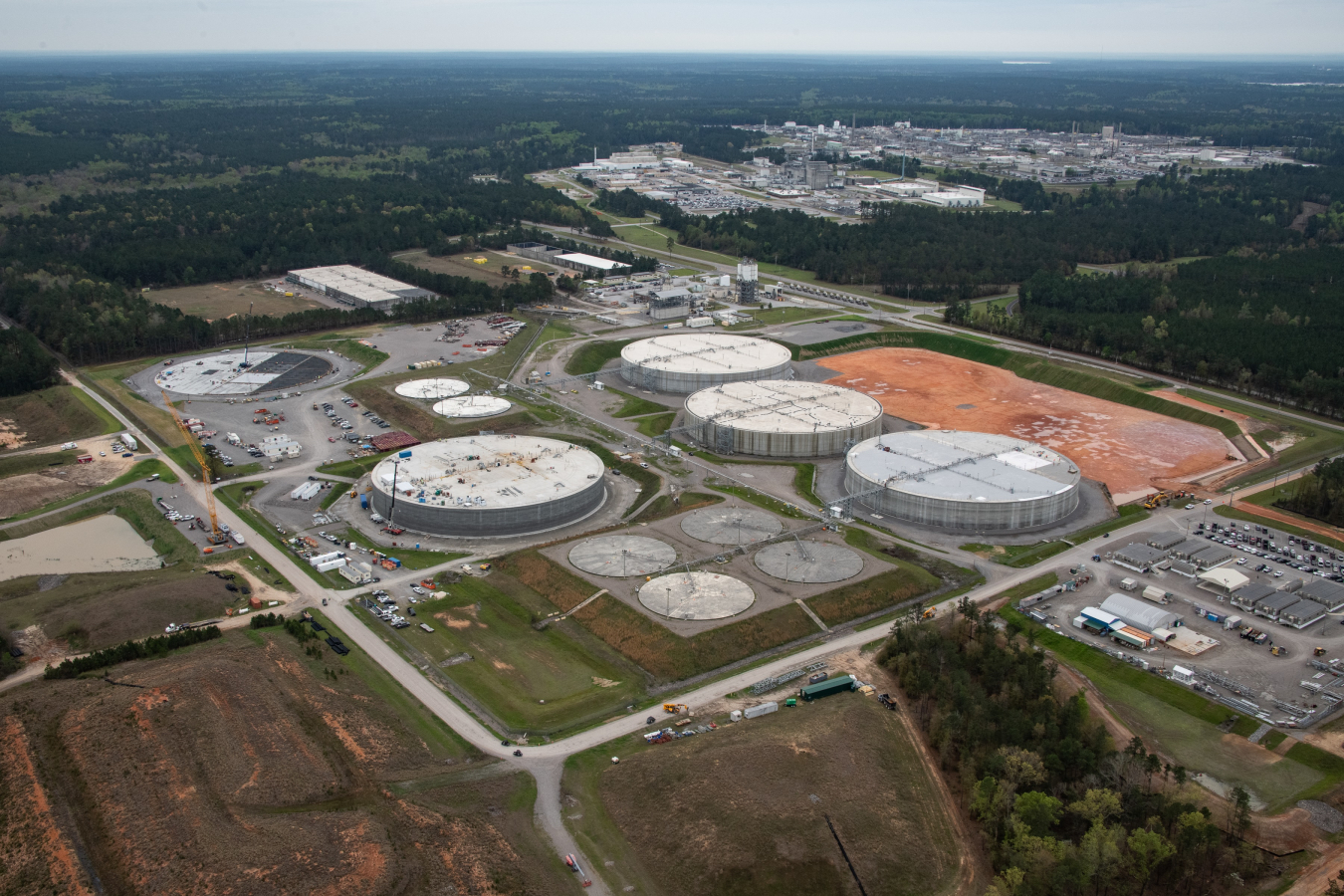Ingenious Industrial Wastewater Treatment Solutions: Shielding the Setting
Ingenious Industrial Wastewater Treatment Solutions: Shielding the Setting
Blog Article
How Fluid Garbage Disposal Functions: An In-depth Introduction of Methods and Technologies Employed

Overview of Liquid Waste Types
The intricacy of fluid waste kinds demands a comprehensive understanding of their attributes and ramifications for disposal. Fluid waste can extensively be categorized into numerous kinds, consisting of commercial, local, agricultural, and dangerous waste. Each classification displays distinct homes, needing specific monitoring approaches to alleviate environmental and health risks.
Industrial liquid waste originates from manufacturing procedures and commonly consists of a series of impurities, such as hefty steels, solvents, and organic substances. Local liquid waste, largely consisting of wastewater from families and commercial facilities, consists of natural issue, nutrients, and microorganisms (industrial wastewater treatment). Agricultural fluid waste, consisting of runoff from ranches, might have fertilizers, pesticides, and pet waste, positioning threats to water top quality and environments
Hazardous liquid waste is identified by its toxicity, sensitivity, or prospective to create injury. Recognizing these varied fluid waste kinds is important for creating reliable disposal methods and making sure conformity with environmental policies.
Physical Treatment Approaches

Testing is the preliminary step, where bigger fragments and particles are gotten rid of from the liquid waste using displays or grates. In sedimentation storage tanks, heavier particles resolve at the base, developing a sludge layer, while the clarified fluid can be additional dealt with.
Filtration is one more vital technique that entails passing the liquid via permeable materials, such as sand or membrane layers, to capture smaller particles. This step boosts the quality of the fluid, making it ideal for subsequent therapy processes.

Chemical Therapy Strategies
Chemical therapy methods are essential for successfully taking care of fluid waste, specifically in dealing with liquified and colloidal pollutants that physical approaches may not adequately remove. These techniques utilize different chemical representatives to reduce the effects of, precipitate, or change dangerous materials into much less harmful types.
One usual method is coagulation and flocculation, where chemicals such as alum or ferric chloride are contributed to advertise the aggregation of suspended fragments. This procedure enhances sedimentation, permitting less complicated removal of the resulting sludge. Furthermore, oxidation procedures, using representatives like chlorine or ozone, are employed to break down complicated natural compounds and microorganisms, rendering the waste more have a peek at this website secure for discharge or more treatment.
Neutralization is another essential strategy, which readjusts the pH of acidic or alkaline waste streams to neutral degrees, preventing potential injury to downstream systems and the setting. Furthermore, advanced oxidation official site processes (AOPs) use combinations of oxidants and ultraviolet light to break down relentless pollutants, achieving a higher level of treatment performance.
Biological Treatment Processes
Organic therapy procedures play a vital role in the administration of liquid waste by using bacteria to disintegrate natural matter and minimize pollutant levels. These processes can be broadly categorized right into cardiovascular and anaerobic treatments, each utilizing particular microbial communities to achieve effective waste destruction.
Cardio therapy includes the use of oxygen to help with the break down of natural products by germs. This process is commonly implemented in turned on sludge systems, where oygenation tanks offer a conducive setting for microbial development, causing the oxidation of organic pollutants. The resultant biomass can be separated from dealt with effluent through sedimentation.
In contrast, anaerobic treatment occurs in the lack of oxygen, depending on different bacteria to damage down raw material. This approach is especially beneficial for high-strength waste, as it generates biogas, a renewable resource resource, while decreasing sludge production. Technologies such as anaerobic digesters are regularly used in commercial and municipal applications.
Both anaerobic and cardiovascular biological therapies not only lessen the environmental effect of fluid waste however additionally assist in source healing, making them crucial elements of sustainable waste monitoring techniques. Their effectiveness, effectiveness, and versatility support their prevalent implementation across numerous sectors.
Emerging Technologies in Disposal
Ingenious strategies to liquid waste disposal are quickly advancing, driven by developments in innovation and a boosting focus on sustainability. Among these emerging innovations, membrane layer bioreactors (MBRs) have actually gained grip for their ability to integrate biological these details therapy with membrane layer purification, leading to high-quality effluent that can be reused in various applications. MBRs allow smaller sized impacts and extra efficient operations compared to standard systems.
An additional encouraging growth is using anaerobic food digestion combined with nutrient recovery technologies, which not just deals with fluid waste yet additionally generates biogas and recovers important nutrients like nitrogen and phosphorus. This double benefit improves source efficiency and reduces environmental impact.
Additionally, advanced oxidation processes (AOPs) are being taken on for the destruction of intricate natural contaminants. These techniques utilize powerful oxidants and stimulants to damage down pollutants at the molecular level, offering a very reliable option for challenging waste streams.
Furthermore, the integration of artificial knowledge and machine knowing in waste monitoring systems is maximizing operational efficiency and anticipating maintenance, leading to decreased expenses and improved ecological compliance. These modern technologies show a significant shift towards even more sustainable and reliable fluid garbage disposal methods.
Conclusion
In final thought, reliable liquid waste disposal necessitates a comprehensive understanding of numerous techniques and technologies. By constantly progressing these techniques, it comes to be possible to deal with the expanding obstacles linked with fluid waste, ultimately contributing to ecological security and source recovery.
Liquid waste disposal is an important facet of environmental management, needing a detailed understanding of different methods and modern technologies customized to various waste kinds. Fluid waste can broadly be classified right into numerous kinds, consisting of industrial, municipal, agricultural, and hazardous waste. Agricultural liquid waste, consisting of runoff from farms, might contain plant foods, chemicals, and pet waste, presenting threats to water top quality and ecological communities.
Numerous physical therapy approaches play an essential function in handling liquid waste efficiently - industrial wastewater treatment.In conclusion, effective fluid waste disposal demands an extensive understanding of different techniques and technologies
Report this page